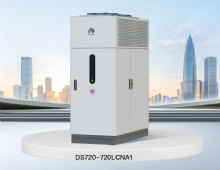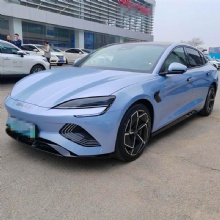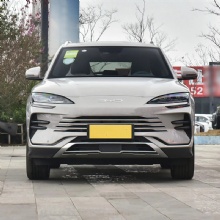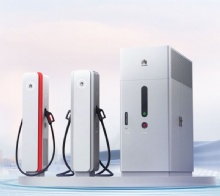Author:AronDate:2025-6-27
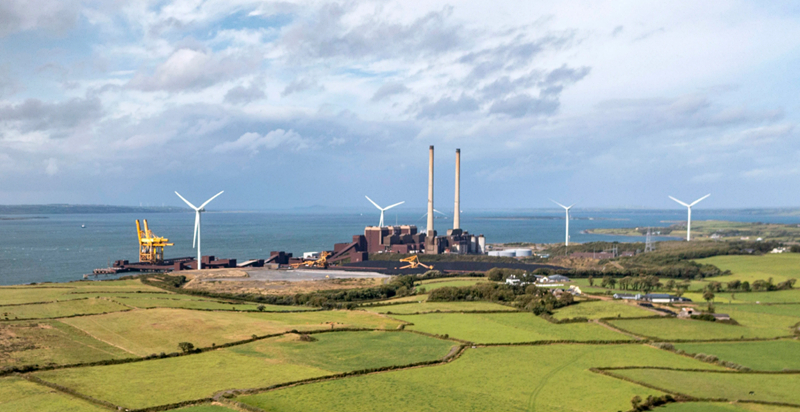
Energy is an essential driving force for economic and social development. In China, environmental issues have received widespread attention, and the requirements for energy conservation and emission reduction for enterprises have become increasingly strict. At the same time, the adjustment of energy economic structure is constantly deepening. How to maintain good economic, reliability, and sustainability in future energy production and consumption? Experts believe that developing distributed energy close to the user end according to local conditions is a feasible way to achieve more scientific, reasonable, and friendly electricity production and use.
What is the current development status of distributed energy in China? What opportunities and challenges have you encountered? How should we respond? Professor Lin Boqiang, Dean of the China Energy Policy Research Institute at Xiamen University, Deng Youqun, Deputy General Manager of Tianjin Huadian Beichen Distributed Energy Co., Ltd., and Zhang Dongsheng, Secretary General of the Thermal Power Industry Alliance of China Energy Conservation Association, shared their views from their respective perspectives.
Developing distributed technology is a reasonable choice for energy transformation
At present, China's energy structure is still dominated by fossil fuels, and the utilization level of clean and renewable energy needs to be improved. However, the overall energy production and consumption structure is constantly being optimized. According to the data released at the 2016 National Energy Work Conference, the proportion of coal in China's primary energy production was below 70% for the first time that year, and the growth rate of non fossil fuels was close to 12%. In the first half of 2017, the increase in installed capacity of clean energy in China was significantly higher than that of thermal power, and renewable energy accounted for 70% of the newly added installed capacity.
In this regard, Zhang Dongsheng believes that China's energy structure has entered a strategic adjustment period, and the dual replacement of oil and gas replacing coal and non fossil energy replacing fossil energy is accelerating. To improve the level of environmental governance, supply side structural reform in the energy sector should be given top priority.
At the same time, new energy sources such as solar and wind power have begun to flourish. In Lin Boqiang's view, distributed energy is an important way to solve the problem of new energy utilization. He pointed out that although China's total installed capacity of wind and solar power has reached the top in the world, the phenomenon of "abandoning wind and solar power" is still quite serious.
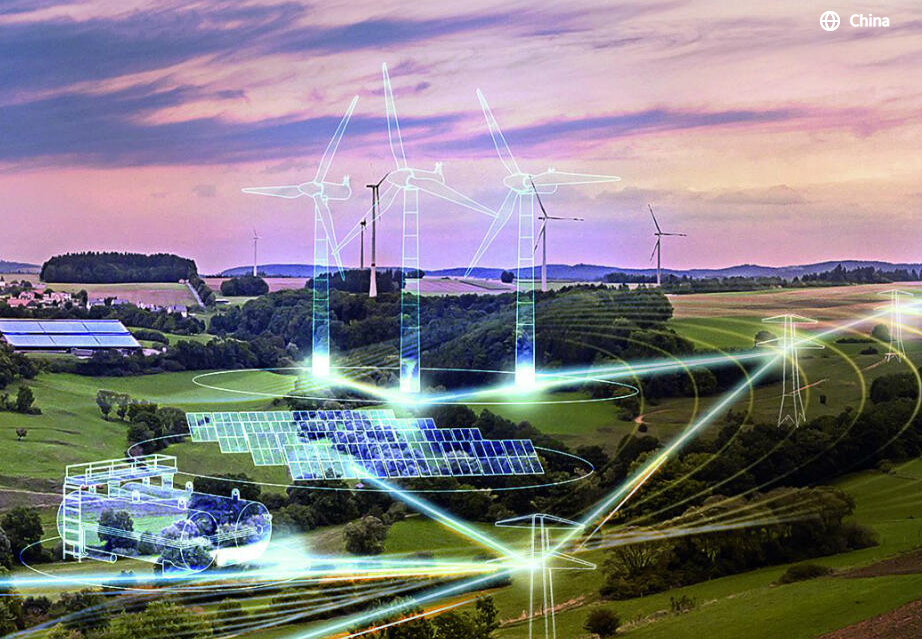
Large scale new energy bases are mainly concentrated in the western and northwestern regions, but the local electricity market capacity is limited. In order to fully utilize the units, it is necessary to rely on ultra-high voltage transmission systems to transmit electricity over long distances to economically developed areas in the east. However, the cost of this transmission method is too high. In addition, the natural volatility of new energy will also have an impact on the power grid system. Overall, the utilization hours of new energy are too low. To break through this bottleneck, adopting distributed energy is a feasible path, and it is also the development idea that the Chinese government has already clarified. The biggest advantage of this method is that the power generation facilities are relatively close to the load center, which can to some extent avoid large-scale 'wind and solar power abandonment' problems. Explain.
Zhang Dongsheng believes that there are three main reasons why China should vigorously develop distributed energy: firstly, distributed energy brings energy production closer to the demand side, minimizes power line losses and thermal (cooling) pipe losses, and follows the principle of "temperature matching, cascade utilization" to utilize energy to varying degrees according to different thermal temperatures, which can significantly improve energy efficiency; Secondly, both distributed natural gas and distributed photovoltaics belong to clean and efficient energy sources, which can significantly reduce the emissions of waste gas, wastewater, and solid waste; Thirdly, the advancement of digital technology, especially the widespread application of new technologies such as smart grids, has opened up new ideas and provided a technological foundation for the development of distributed energy systems.
Despite its many advantages, the promotion and application of distributed energy in China are still limited by various factors and require further support from the government at the policy level. Regarding this, Zhang Dongsheng pointed out that due to the high prices of small gas turbines, photovoltaic modules, and energy storage systems applied in the field of distributed energy, the construction cost of distributed energy is still relatively high, and the economy is relatively poor compared to conventional energy. Without the support of national fiscal policies, a long investment payback period will affect investment enthusiasm. Therefore, encouraging technological development, investment, and tax incentives, macro policies of relevant national departments such as power system reform and heat system reform, as well as regional development policies of local governments, are all indispensable external environments for promoting the application of distributed energy.
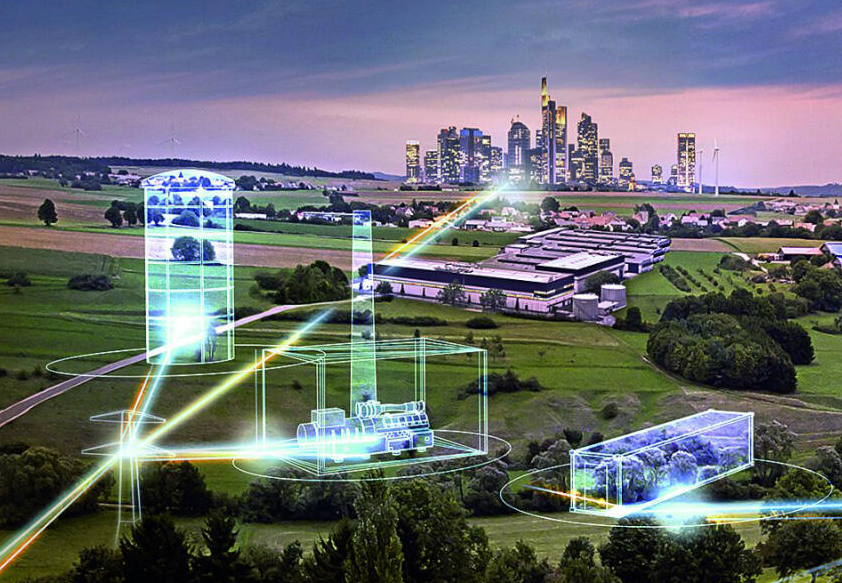
The potential growth of the market should be taken into consideration
When it comes to the future of distributed energy, Deng Youqun holds an optimistic attitude. There are currently 7000 to 8000 gas distributed projects in the United States, and China plans to reach 1000 by 2020. Currently, the development speed has not fully caught up, but the potential is enormous, "he said.
Deng Youqun believes that the government, enterprises, and suppliers should all attach importance to the selection and cultivation of users, and pay more attention to the demand market.
Zhang Dongsheng pointed out that the development of distributed energy is also a feast for equipment manufacturers. The explosive growth of small and medium-sized gas turbines can be expected in the future. Faced with opportunities, multinational companies like Siemens Energy should strengthen cooperation with local Chinese enterprises in technology development and equipment production, achieve complementary advantages, cultivate markets, and leverage their strengths in system integration and control systems. They should also focus on optimizing system configuration and energy efficiency utilization.
The development of distributed energy will bring prosperity to the entire industry chain, including primary energy production, power industry, technology supply, equipment production and sales, and user end. This will be a transformation in the energy sector and an important historical opportunity.
----Zhang Dongsheng, Secretary General of the Thermal Power Industry Alliance of China Energy Conservation Association
↓Next [ Challenges facing the foreign trade industry in the future. ]


